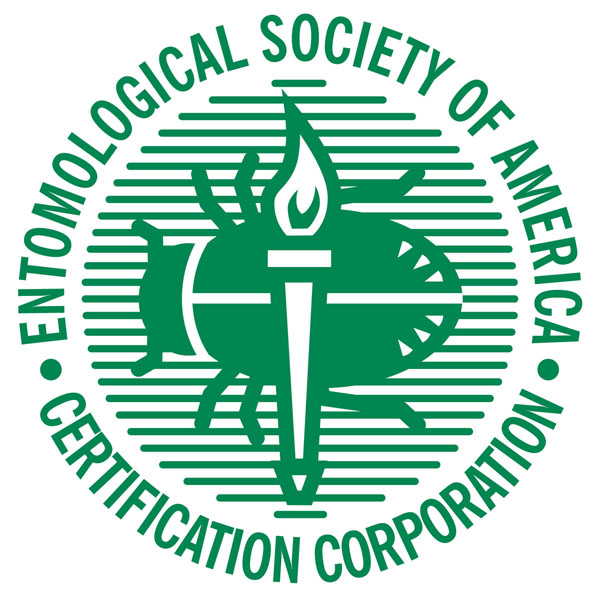Location
The Entomological Society of America (ESA) is the largest organization in the world serving the professional and scientific needs of entomologists and individuals in related disciplines. Founded in 1889, ESA has over 6,000 members affiliated with educational institutions, health agencies, private industry, and government. Members are researchers, teachers, extension service personnel, administrators, marketing representatives, research technicians, consultants, students, pest management professionals, and hobbyists.
ESA is a 501(c)3 not-for-profit professional society governed by a board comprised of members. The headquarters office is located in Annapolis, Maryland.
ESA publishes six internationally acclaimed journals that provide unsurpassed coverage of the broad science of entomology, as well as American Entomologist, a colorful, quarterly magazine.
Members:
Resources
Displaying 1 - 5 of 5Response of Wild Bees (Hymenoptera: Apoidea: Anthophila) to Surrounding Land Cover in Wisconsin Pickling Cucumber
Cucumber (Cucumis sativus L.) is among the plants highly dependent on insectmediated pollination, but little is known about its unmanaged pollinators. Both domestic and wild bee populations in central Wisconsin pickling cucumber fields were assessed using a combination of pan trapping and floral observations before and during bloom. Together with land cover analyses extending 2,000 m from field centers, the relationship of land cover components and bee abundance and diversity were examined.
Measuring Natural Pest Suppression at Different Spatial Scales Affects the Importance of Local Variables
The role biodiversity plays in the provision of ecosystem services is widely recognized, yet few ecological studies have identified characteristics of natural systems that support and maintain ecosystem services. The purpose of this study was to identify landscape variables correlated with natural pest suppression carried out by arthropod natural enemies, predators and parasitoids. We conducted two field experiments, one observational and one experimental, where landscape variables at broad and local scales were measured and related to natural pest suppression.
Detectability of the Emerald Ash Borer (Coleoptera: Buprestidae) in Asymptomatic Urban Trees by using Branch Samples
The emerald ash borer, Agrilus planipennis Fairmaire, is an exotic invasive insect causing extensive mortality to ash trees, Fraxinus spp., in Canada and the United States. Detection of incipient populations of this pest is difficult because of its cryptic life stages and a multiyear time lag between initial attack and the appearance of signs or symptoms of infestation. We sampled branches from open-grown urban ash trees to develop a sample unit suitable for detecting low density A. planipennis infestation before any signs or symptoms are evident.
Weather and Land Cover Influences on Mosquito Populations in Sioux Falls, South Dakota
This study compared the spatial and temporal patterns of Culex tarsalis Coquillett and Aedes vexans Meigen populations and examined their relationships with land cover types and climatic variability in Sioux Falls, SD. Between 24 and 30 CDC CO2-baited light traps were set annually in Sioux Falls from May to September 2005–2008. Land cover data were acquired from the 2001 National Land Cover Dataset and the percentages of selected land cover types were calculated within a 600-m buffer zone around each trap. Meteorological information was summarized from local weather stations. Cx.
Forested Landscapes Promote Richness and Abundance of Native Bees (Hymenoptera: Apoidea: Anthophila) in Wisconsin Apple Orchards
Wild bees provide vital pollination services for many native and agricultural plant species, yet the landscape conditions needed to support wild bee populations are not well understood or appreciated. We assessed the influence of landscape composition on bee abundance and species richness in apple (Malm spp.) orchards of northeastern Wisconsin during the spring flowering period. A diverse community of bee species occurs in these apple orchards, dominated by wild bees in the families Andrenidae and Halictidae and the honey bee, Apis mellifera L.


